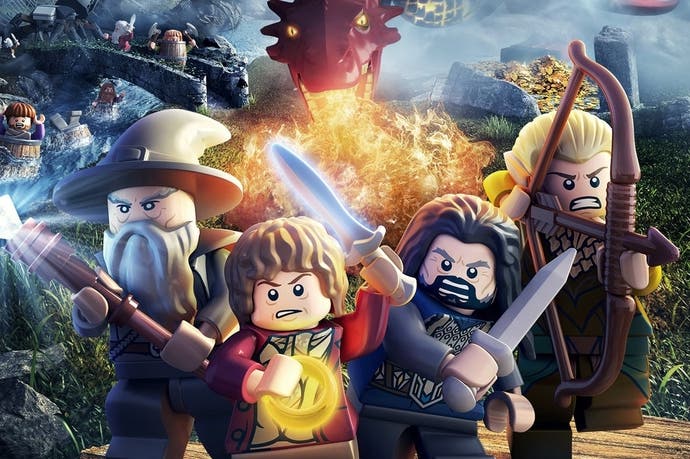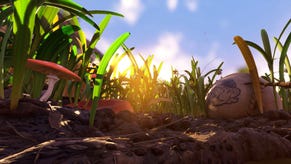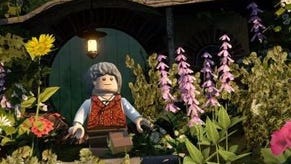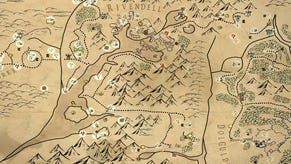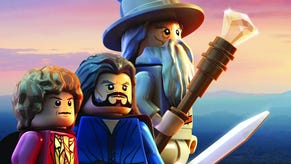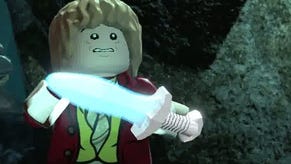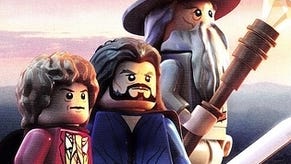Lego The Hobbit review
There, but not yet back again.
As much as Lego The Hobbit was inevitable - as well the last words Bilbo would ever want to hear while being flown around by those eagles - it does rather beg the question: "Wait, now?" We're only two thirds of the way through the unnecessarily bloated film trilogy, leaving a gap the size of Smaug's corpse in the story, with a concluding DLC pack nothing more than a rumour at present. For now, though, we have the initial parts, "Too Many Dwarves" and "Holy Crap, What an Awesome Dragon": two blockbusters, now with endlessly more blocks to bust and enough irreverence to make that barrel ride look like the Silmarillion as read by Orson Welles.
If you've played any of the Lego Whatever games before, that about sums it up. They don't change a vast amount between licenses and this one is no exception. Two-player co-op that's perfect for parents and kids, running through a slapstick version of the first two movies, swapping characters to use different skills and smashing everything that can be smashed for both items and the delicious jangling sound of thousands of Lego studs going into the pot. Levels are linear and recreate moments from the movies, unlocking for free play once completed, with plenty more to do on a sprawling world map full of additional characters, quests and other goodies to make 100% completion a solid challenge for any player.
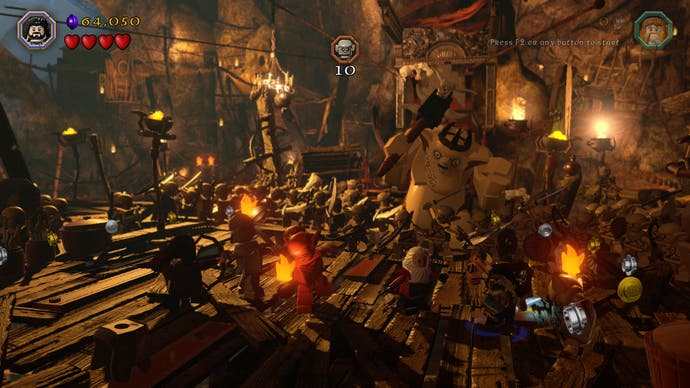
Like Lego The Lord of the Rings, The Hobbit uses the actual voices from the movie, with the growling seriousness of the characters, to great advantage. It's a whole universe of pratfalls and visual gags: building a giant key to open a door only to have the dwarves use it as a battering ram, leaving armoured orcs in their comedy boxer shorts with a good hit and stuffing Bombur with food to turn him into a bouncy trampoline. It doesn't work quite as well as last time, but only because The Hobbit is already a much goofier adventure than The Lord of the Rings. Making fun of something with its tongue in its cheek is always harder than spoofing the serious, especially when restricted to visual gags and clips of the original dialogue. (There is additional voice work too, which immediately stands out as "wrong", especially the narration - but it's restricted to characters like the traders who hand out quests on the world map.)
It's as entertaining as ever, though - up to a point. The main problem is that the party here doesn't have the same distinctiveness that other Lego games offer. Which dwarf has the bow? Who can crack things open? Why are any of them afraid of the dark? The longest part of most puzzles is simply flitting between everyone, trying to find the one with the skill for the next lock. The group does, however, get more interplay than usual, with a big selection of characters to reinforce the team dynamic and shared actions like directly teaming up for buddy-attacks against bosses like the Goblin King or making towers of dwarves with staves so that another character can climb to higher ledges and unlock a path for the rest.
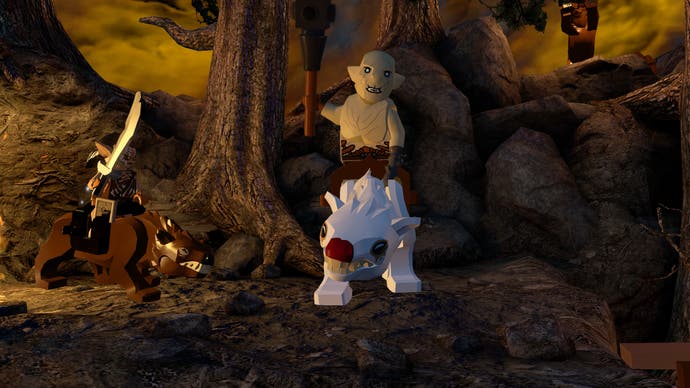
If you haven't seen the movies, you're going to be completely lost by the abridged story, but that seems pretty unlikely. As usual, some scenes barely pay lip-service to the original - the game's idea of being hunted by wolves, for instance, is to have them all sitting in a clearing while Radagast heals things - but the best are really impressive. An early highlight is the storm giant battle, which begins blandly with the party split on two levels of a cliff having to trade puzzle solutions to clear blockages, but then ends with everyone running around platforms carved into the giants themselves as they battle it out. Other big moments are at least always cute, like the riddle contest with Gollum now involving Bilbo and a confused goblin (because there always has to be a second player) building the answers. Individual levels can easily hit a few scenes at once, seemingly ending only to keep going instead of taking a break. Usually that's fine, though a few do outstay their welcome, including the always-awful combat arenas and bigger scenes like the escape from Goblin Town.
Unfortunately, the main addition this time is also by far the most tedious bit of the game. It's long been a complaint of the Lego series that they don't allow for any building, and Lego The Hobbit changes that - a bit, in much the same way that giving sunscreen to a man dying of thirst in the desert is technically doing him a favour. There are now crafting platforms around the world, both in the linear story levels and the open world. By bringing them materials from mining, smashing things and fighting - which can often involve just grinding and trying not to yawn hard enough to create a black hole - they provide extra stuff that is shielded by a second layer of terrible mini-game, in the form of watching the thing being built piece by piece and occasionally having to point to the next component to use. The Lego Movie it is not, even if there is a certain intricate charm to seeing the pieces raining down to make something.
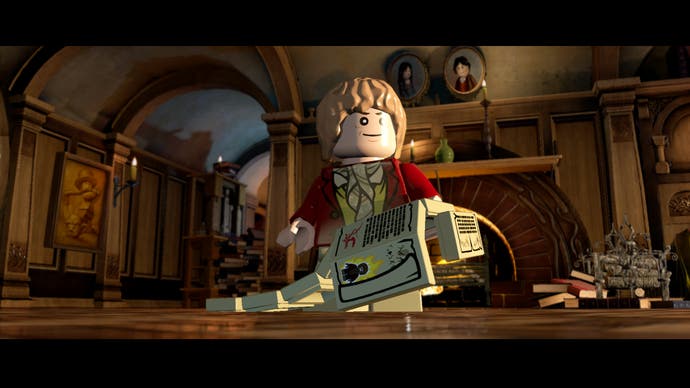
At this point, criticising a Lego game for being much like the other Lego games feels somewhat pointless. It's tempting, especially after so many, but it's a series that's long been more comfortable changing the wallpaper than rebuilding the entire house, and that's not likely to change any time soon. Each license does at least bring a distinct flavour to the experience, if not the action, and Lego The Hobbit - ignoring its inevitable similarities to Lego The Lord of the Rings - is no different. It's a game content to coast on what works and what everyone expects, and if you expect to enjoy it, the chances are good that you will. It is, however, a real pity that the accounting Nazgul couldn't have held their dark horses for a few more months to allow the complete story to be told as it should have been.
